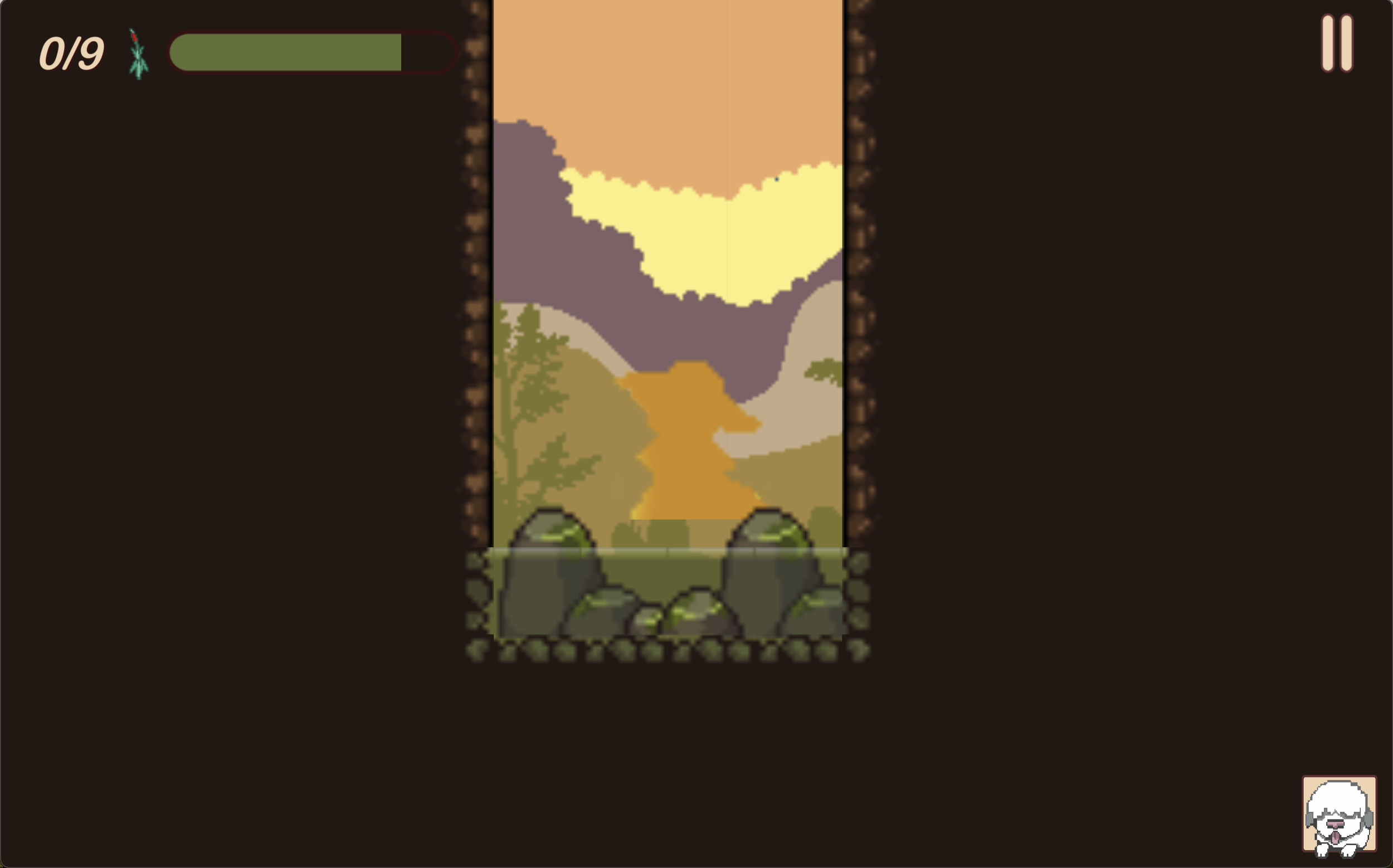Cranial Corral: Master’s Research Project
Watch game trailer below.
Project Concept
Research has highlighted the perpetual struggle of medical students and practitioners’ alike with facing neurophobia, due to a lack of understanding neuroanatomy. This poses a challenge to meet the increasing demand for competent neurologists amidst the rising number of neurological disorders worldwide. The perceived difficulty of neuroanatomy hinders the provision of adequate neurological care. Given this educational imperative, the researcher collaborated closely with two other graduate students of diverse skillsets to pool different perspectives, foster creativity and short-term problem solving to address the issue. The result was a prototype and game design document created for Cranial Corral, a serious puzzle platformer game intended to teach the cranial nerve fiber types to medical students. This project sought to utilize the creation of a serious medical game as a means to establish a framework to scaffold audio and visual game design elements. This was achieved by specifically investigating the use of audio within a game structure to find how it can accompany visual design elements to conduct cohesion of themes and enhance potential memory retention of neuroanatomy information
Impacts & Future Implications
This research adds to the expanding collection of online interactive guides, especially in respect to neuroanatomy. It also adds to the limited list of literature regarding the impacts of ludomusicology within various academic disciplines, outside of music education. Results from this research demonstrate the effectiveness of implementing leitmotifs within serious games to aid in achieving medical education objectives. This study confirms that audio elements can be scaffolded in tandem with visual elements to promote the facilitation of learning and will serve as encouragement for BVIS student to consider greater impacts of audio elements with the visuals of their future student projects. Further testing of the game prototype or a more fully developed version of the game by medical students would better reveal its efficiency in aiding information retention. Biomedical visualizers and other respective professionals could be inspired to build upon the framework established by this research and prototype. The game can continue to be expanded and used across multiple years within medical curriculums.
Research Question
How can visual and audible design elements be scaffolded in an educational game to promote short-term recall of information, most specifically about the cranial nerve fiber types?
Intended Audience
Medical Students
Medium/Software
Procreate, Adobe Illustrator, Pixabay, Unity Engine
Faculty Members
Sam Bond (Committee Chair and Research Advisor), Erin Stevens (Committee Member), and Christa Wellman (Committee Member).
Research Team
Leah Balsan, Krystal-Flora Dureke, and Haley Guess
Objectives (As Lead Developer/Audiovisual Asset Manager)
Collaborate with research team to establish learning goals for the final deliverable.
Produce wireframe for the game prototype.
Create/Source royalty-free background visuals to further manipulate match the established theme of the game.
Assign character themes to each cranial nerve fiber character.
Code button responses, player movement, player health systems, level progression, win/lose states, SFX feedback, and additional audio management using random placeholders in Unity while asset production is underway.
Replace placeholders for assets created.
Spearhead audio sourcing and implementation.
Oversee deliverable play testing and troubleshoot “bugs” before final deployment.

Cranial Corral 2D Background Assets - Dureke

Cranial Corral Level Prototype Layout - Dureke

GVE Sprite Sheet - Balsan

SVA Sprite Sheet - Balsan

Cranial Corral Opening Dialogue - Dureke

Cranial Corral Game Title - Dureke

Cranial Corral - Midlevel Bark - Dureke

Cranial Corral - Trap - Dureke

Cranial Corral - GVE Midlevel Jump - Dureke

